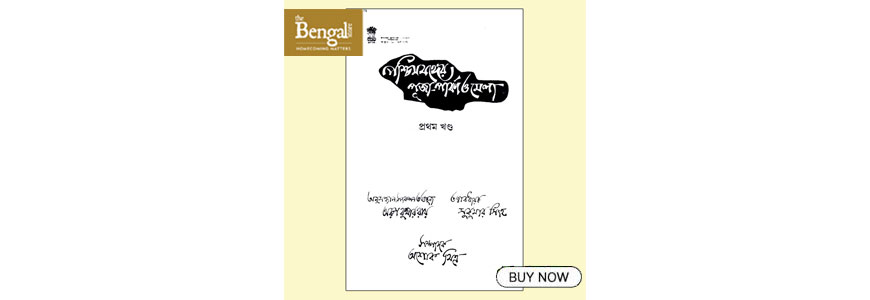Marichjhapi Massacre, when they turned refugees in their own land!
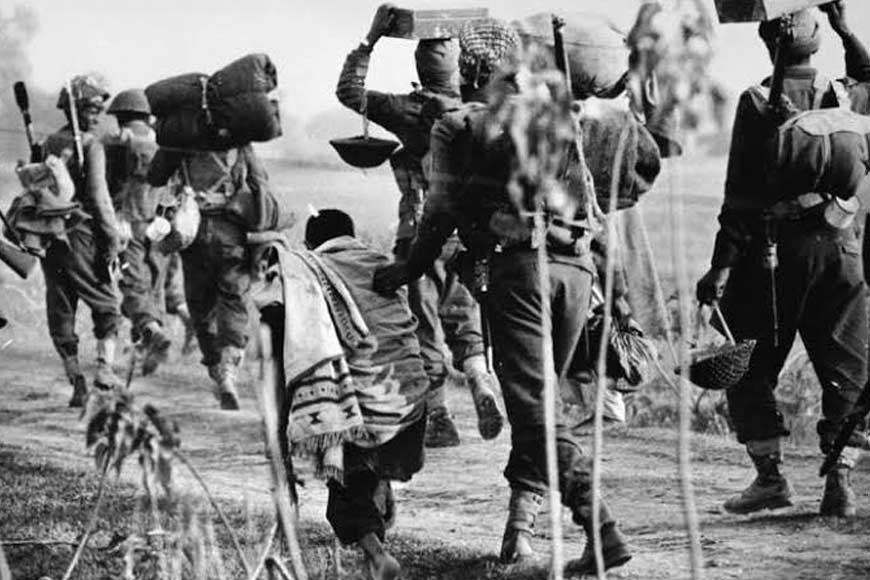
The COVID-19 pandemic and the recent anti-racism protests in USA have shown us how desperately we need to fight for a more inclusive and equal world --- a world where no one is left behind. It has never been clearer that all of us have a role to play in order to bring about change. Everyone can make a difference. That’s the motto of today’s World Refugee Day campaign. But as we speak of a more inclusive world globally, how about people who turn refugees in their own motherland?
Probably none other than Bengalis who came as refugees after Partition of India and in the subsequent years to West Bengal, know better how that feels like! And how it felt to be evicted, murdered gruesomely, unarmed, at the infamous Marichjhapi Massacre in the Sundarbans.
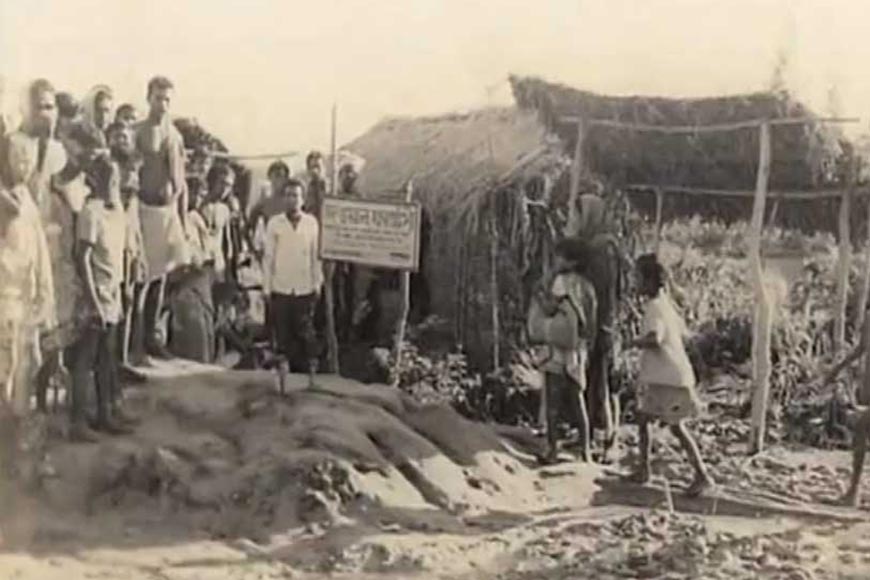
Around 40,000 refugees primarily consisting of Hindu Dalits, who came from Bangladesh, occupied legally protected reserve forest land on Marichjhapi island of the Sundarbans in 1979. After Partition, in 1947 along communal lines, many Hindu Bengalis fled East Pakistan (now Bangladesh). The first flow of refugees who were mostly the upper and middle classes from upper castes easily resettled in West Bengal. However, many lower caste Hindus remained behind and they too over the years were being persecuted and many years after Independence, were forced to flee to West Bengal. But this latter huge flow of poor, mostly low-caste Hindus couldn’t be accommodated as West Bengal had little open space left to make a settlement for them. They were forcibly sent to a ‘rocky inhospitable land’ of Dandakaranya, that was a part of Odisha and Chattisgarh, the then Madhya Pradesh.
Once the Left Front came to power in 1978, these refugees started to return to Bengal in huge numbers, thinking the Left who had always won on votes of refugees from Bangladesh, would help them settle. Approximately 150,000, almost all of Dandakaranya refugees arrived and out of them, around 40,000 refugees went south to Hasnabad and settled in Marichjhapi (renamed by them as ‘Netaji Nagar,’ an area protected under Reserve Forest Act. They turned to fishing as a livelihood and even built schools and hospitals.
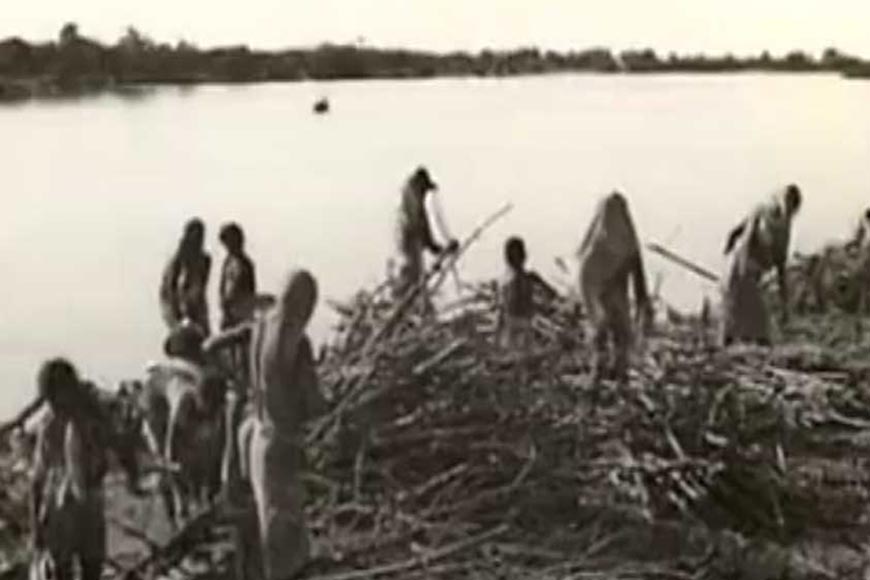
However, the Left Front government considered this an unauthorized occupation of reserved forest land and when their persuasions could not make the refugees vacate the land, on 24 January 1979, the Government of West Bengal clamped prohibitory orders under Section 144 of the CrPC around the island of Marichjhapi. The police and the district administration started an economic blockade. Thirty police launches started patrolling the island, preventing anyone from providing food or water to the residents of the island.
Survivors claim that on the morning of 31 January 1979, when some women tried to row boats to the next island to fetch drinking water, grains and medicine, the police rammed their launches into the boats and drowned all three. Some women were allegedly picked up by the policemen on the launches, taken to the nearest police station, gang-raped for days and then released. People who took boats into the river to save the drowning women were fired on by the police. Police continued attacking people who braved the action and took multiple boat trips back and forth to get the necessities. This ultimately resulted in a confrontation between refugees armed with crude implements like bows and arrows, lathis, bricks and stones, on one hand, and the police on the other.
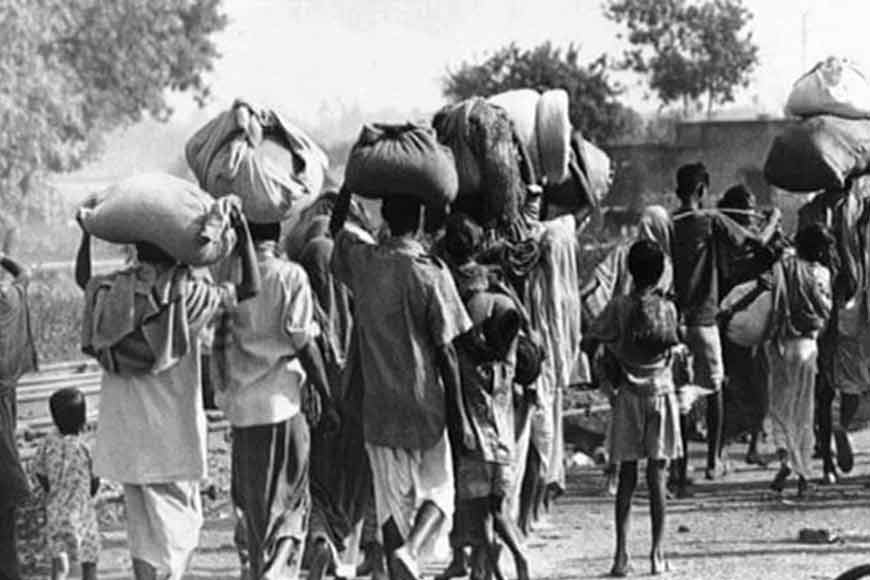
Eye-witness accounts say that the police opened fire on the settlers of the island when the settlers allegedly attacked a police camp with traditional weapons. After 15 days, Calcutta High Court ruled that ‘The supply of drinking water, essential food items and medicines as well as the passage of doctors must be allowed to Marichjhapi.’ The media was barred from entering the area. The refugees were rounded up, unarmed and many died in the massacre. Even tube wells were poisoned. The survivors were sent back to Dandakaranya. Some of them were settled in Marichjhapi Colony near Barasat while others rehabilitated themselves in the shanties near railway tracks in Sealdah. Very few today in Bengal remember how our own people had again turned refugees in their own land, forced to migrate from one country to another that was politically divided and then again forced to migrate from the place they settled in to another, killed and massacred. For, they were refugees, they were in ‘No Man’s Land.’
Information sources:
The Left massacre of migrant Hindus in Bengal that was bigger than 2002 & 1984
The Forgotten Massacre of Dalit Refugees in West Bengal's Marichjhapi
BLOOD ISLAND: AN ORAL HISTORY OF THE MARICHJHAPI MASSACRE
‘We were attacked thrice’: A survivor’s story of the Left Front government’s siege of Marichjhapi








